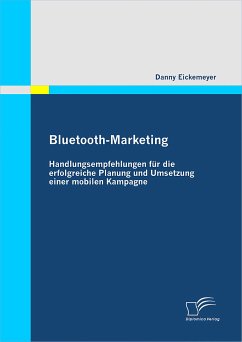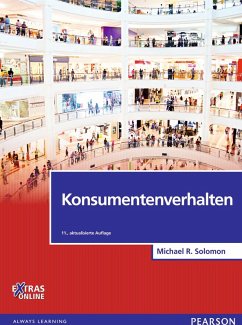
Telephone Surveys in Europe (eBook, PDF)
Research and Practice
Redaktion: Häder, Sabine; Kühne, Mike; Häder, Michael
Versandkostenfrei!
Sofort per Download lieferbar
112,95 €
inkl. MwSt.
Weitere Ausgaben:

PAYBACK Punkte
56 °P sammeln!
The first part of this book deals with the coverage of landline and mobile phones in Europe. It presents an overview of the coverage and the use of phones as well as the resulting strategies for telephone surveys. The second part addresses the challenge of so-called "mobile-only" households for survey research. Numerous statisticians present new sampling strategies like dual frame designs and findings of current projects. In dual frame designs, respondents are contacted both via mobile phone and landline. The third part focuses on the usage of mobile phones in the general population, while the...
The first part of this book deals with the coverage of landline and mobile phones in Europe. It presents an overview of the coverage and the use of phones as well as the resulting strategies for telephone surveys. The second part addresses the challenge of so-called "mobile-only" households for survey research. Numerous statisticians present new sampling strategies like dual frame designs and findings of current projects. In dual frame designs, respondents are contacted both via mobile phone and landline. The third part focuses on the usage of mobile phones in the general population, while the fourth part of examines if different modes of data collection (mobile vs. landline) have an impact on the response quality. The last part analyses the first chapter and offers suggestions and advice on how to conduct surveys and polls, in both academic and market research.
Dieser Download kann aus rechtlichen Gründen nur mit Rechnungsadresse in A, B, BG, CY, CZ, D, DK, EW, E, FIN, F, GR, HR, H, IRL, I, LT, L, LR, M, NL, PL, P, R, S, SLO, SK ausgeliefert werden.













